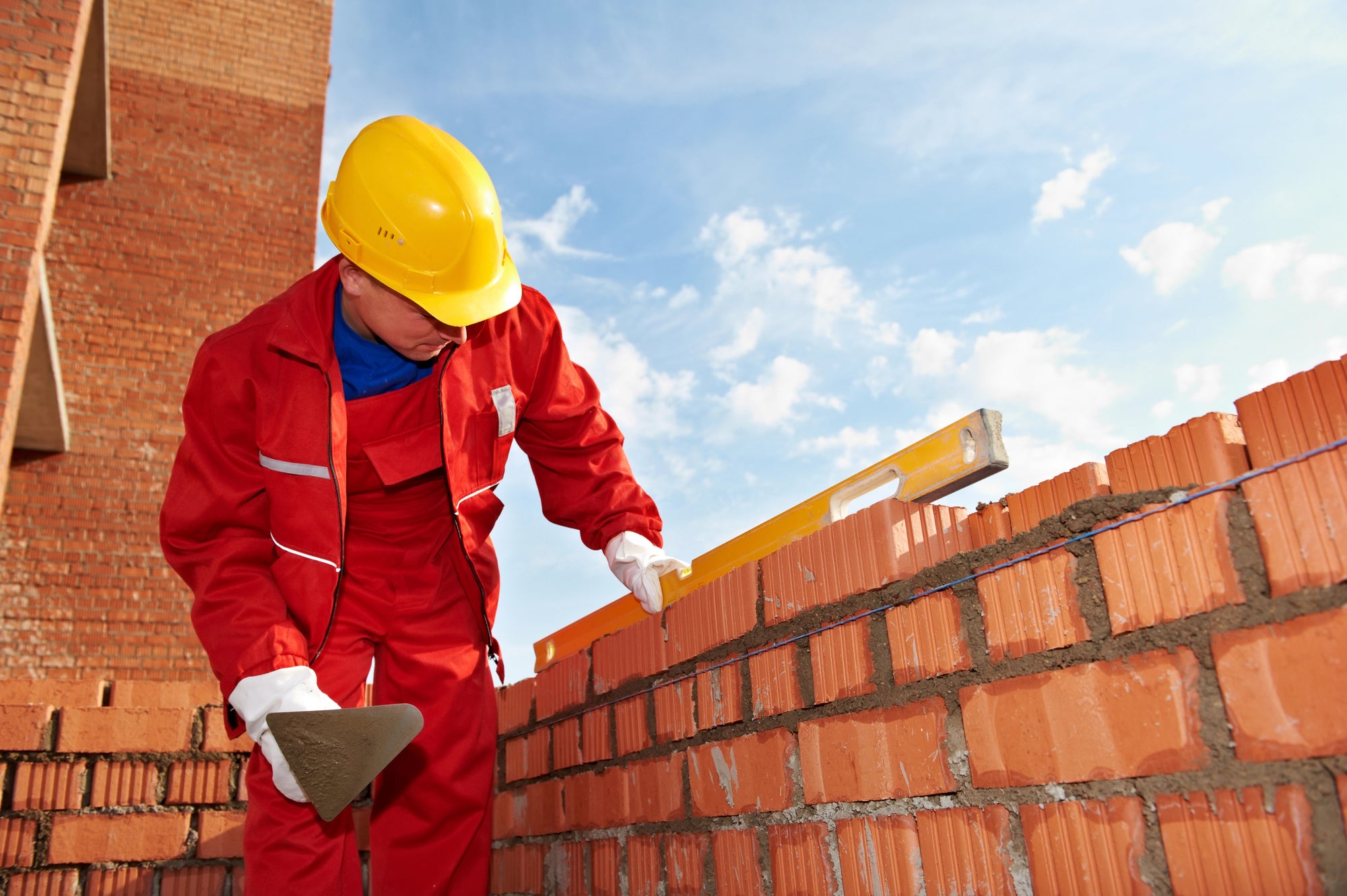You have no items in your shopping cart.
Introduction: The Importance of Efficient Mortar Drying
How long does Mortar Take To Dry?
Mortar plays a crucial role in construction, binding materials like bricks and stones to create strong, durable structures. A key factor in its effectiveness is the drying time while you wait for the mortar to cure. Understanding how long mortar takes to dry and how to expedite this process can significantly impact the success of a project.
Exploring Mortar Composition
The Role of Cement, Sand, and Water in Mortar Mix
Mortar mix, typically a blend of cement, sand, and water, varies in proportions depending on the application. Each component influences the length of time it will take to dry. For instance, Portland cement, a common ingredient, affects how quickly the mortar sets and gains strength.
Variations in Mortar Types and Their Impact on Drying
Different mortar mixes have unique drying times, from brick mortar to other specialized types. Factors like the ratio of cement to sand and the type of cement used (like lime or Portland cement) play a significant role. When trying to answer the question "How long does mortar take to dry?" you will need to ensure that you consider what type of mortar mix is being used to be sure you allow time for it to cure properly.

$464.00 USD
3’ x 4’ Multi-Duty Thawing & Concrete Curing Blanket (120V)
Factors Affecting Mortar Drying Time
The Influence of Weather and Climate
Environmental conditions, particularly weather and climate, significantly affect how long mortar takes to dry. In a humid climate, where the air is saturated with moisture, the time it takes to dry the mortar mix extends, making achieving the desired consistency and strength challenging.
Conversely, in hot and dry conditions, the mortar, especially if it's a mix designed for quicker drying, like brick mortar or concrete, can dry too rapidly. This rapid drying can lead to issues such as cracking and may compromise the mortar's final color and strength.
The balance of temperature and humidity is thus crucial; for instance, wet mortar in cold conditions might take longer to cure, affecting the overall timeline of the mortar work. Understanding and anticipating these weather-related factors are key to ensuring the mortar cures properly, reaching its full strength and intended aesthetic.
The Effect of Mortar Thickness and Application Techniques
The thickness of the mortar layer, from a very thin layer to thicker mortar joints, impacts the drying time. Thicker layers take longer to cure properly. Additionally, the method of applying mortar, whether on brick walls or for other purposes, can also influence the curing process.
A thin layer of mortar might dry and cure faster compared to thicker mortar joints, which require more time to cure properly. This aspect is especially vital in brickwork and stone masonry, where the consistency of the mortar mix and the method of application play critical roles.

For instance, a mortar mix with a higher cement content used for laying bricks might dry differently than a mix used for laying tiles or stones. Factors like the type of bricks, stones, or tiles being used, the mixture of cement, sand, and lime, and even the specific techniques of mixing and applying the mortar can all impact how long it takes for the mortar to dry. Professionals need to consider these variables to ensure that the applied mortar not only dries efficiently but also maintains the integrity and strength of the wall or surface being constructed.
Practical Tips to Speed Up Mortar Drying
Optimizing Air Flow and Temperature
Enhancing air flow around the mortar can significantly reduce drying time. Fans or ventilation systems can be used in enclosed spaces. Temperature also plays a crucial role; warmer conditions typically speed up the curing process.
Choosing the Right Mortar Mix for Faster Curing
Selecting the appropriate mortar mix for the specific construction project can make a big difference. Some mixes are designed to cure faster, which is ideal for projects with tight timelines.
Common Mistakes to Avoid During the Drying Process
The Perils of Adding Too Much Water to Mortar

Excessive water in the mortar mix leads to longer drying times and weakened joints. Overwetting disrupts the chemical bonding, resulting in a porous and unstable structure prone to cracks and aesthetic inconsistencies. This not only compromises the structural integrity but also delays construction timelines. Adhering to recommended water-to-mortar ratios is essential for building projects' strength and efficiency.
Advanced Strategies for Professional Masons
Specialized Mortar Mixes and Additives
For professionals in the construction industry, selecting the right mortar mix and additives is crucial for optimizing drying times and ensuring the durability and integrity of the structure. Mortar mixes can vary significantly depending on the materials being bonded, such as bricks, concrete, or stones, and each type of material may require a different mortar composition for optimal results.
For Brickwork
When working with bricks, a mortar mix that balances strength with flexibility is often required. Brick mortar typically contains a higher proportion of lime, which allows for slight movements caused by temperature changes and settling without cracking the bricks. Additives like accelerators can be used in colder climates to reduce the curing time, ensuring the mortar sets properly even in lower temperatures.
For Concrete Structures
In concrete construction, mortar mixes often need to provide high compressive strength. These mixes usually have a higher cement content and less lime compared to brick mortar. Special additives such as plasticizers can be added to improve the workability of the mortar without increasing its water content, which is crucial for maintaining the time it takes to dry and the strength of the mortar.
For Stonework
The mortar used for stone masonry must be particularly strong and durable, as stones can be heavier and exert more pressure. The mortar mix for stone often includes a higher ratio of cement and carefully graded sand to ensure a strong bond. In some cases, specific additives are used to enhance the adhesion properties of the mortar, ensuring a solid and long-lasting bond between the stones.
Environmental Considerations
Additionally, environmental conditions play a significant role in selecting the appropriate mortar mix. In humid climates, a mix that resists moisture penetration is ideal, while in dry, hot climates, a mix that can retain moisture for sufficient curing is preferred. The choice of additives can also be influenced by the weather conditions during construction, with different additives used to speed up or slow down the curing process as needed.
Tailoring to Construction Requirements
For any project, whether involving bricks, concrete, or stones, the key is to tailor the mortar mix and additives to the project's specific requirements. This includes considering factors like the load-bearing requirements, exposure to weather elements, and the aesthetic goals of the project. By carefully selecting and mixing the right materials, professionals can ensure that the mortar not only dries in the desired timeframe but also provides a strong, durable, and visually pleasing finish to the construction work.
Controlled Environment Techniques for Consistent Results
In professional masonry and construction, creating a controlled environment can be a game-changer for ensuring consistent and optimal mortar drying times. By meticulously regulating key factors such as humidity, temperature, and airflow, masons can significantly improve the efficiency and quality of their mortar work, regardless of the external weather conditions.
Managing Humidity and Moisture Levels
Humidity plays a pivotal role in the drying and curing process of mortar. In a controlled environment, dehumidifiers can be used to reduce the moisture level in the air, which is particularly beneficial in humid climates. This reduction in air moisture helps prevent the mortar from retaining too much water, which can delay drying and weaken the structure. Conversely, maintaining a certain level of humidity in dry climates is crucial to prevent the mortar from drying too quickly, which can lead to cracking. Here, humidifiers or misting systems can add moisture to the air, ensuring the mortar retains enough water to cure correctly.
Temperature Control

Temperature is another critical factor that affects the rate at which mortar dries and cures. Controlled heating systems can be used to maintain an optimal temperature range, especially in colder climates where low temperatures can significantly slow down the curing process. Products like electric curing blankets with thermostats allow you to control the temperature of the more allowing you to cure it to optimal strength.
In hot conditions, cooling systems or shading techniques can prevent the mortar from overheating and drying too rapidly, which can compromise its strength and durability.
Optimizing Air Flow
Airflow is essential for regulating the process as the mortar cures and dries. In a controlled environment, fans and ventilation systems can be used to ensure a steady flow of air. This helps to distribute temperature and humidity levels evenly and remove excess moisture from the surface of the mortar. A controlled flow of air is particularly important when working with thicker layers of mortar or when using specialized mixes, as it ensures that the mortar dries uniformly throughout, preventing issues like surface cracking or internal moisture retention.
Customized Environments for Different Mortar Types
Different types of mortar, whether it's for brickwork, concrete, or stone masonry, may require distinct environmental conditions for optimal drying. For instance, a mortar mix designed for bricks might need a different humidity level compared to a mix used for stone. In controlled environments, these conditions can be precisely adjusted to cater to the specific type of mortar being used, ensuring that each mix dries and cures under the ideal conditions for its intended application.
Consistency Across Projects
Using controlled environment techniques allows masons to achieve a high level of consistency in their work. Regardless of the external weather conditions or the time of year, they can replicate the same drying conditions for each project. This consistency is particularly crucial for large-scale construction projects or when working with materials that require precise handling, as it ensures that every batch of mortar dries and cures with the same quality and strength.
Conclusion: Achieving Optimal Mortar Drying for Construction Success
Final answers to "How long does mortar take to dry?" Speeding up the drying process of mortar requires a comprehensive understanding of its composition, environmental factors, and proper techniques. By considering these factors, construction professionals can ensure efficient and effective use of mortar, leading to successful and durable construction projects.












